The 2,000th surgery also affirms that the surgical sector of the Ho Chi Minh City healthcare system is growing stronger, bringing high brand value to the healthcare sector nationwide in general and spreading to the ASEAN region.
Formula for success
Responding to Thanh Nien, Associate Professor, Dr. Tran Vinh Hung, Director of Binh Dan Hospital, reviewed the outstanding achievements of the surgical sector in Ho Chi Minh City. These are robot-assisted endoscopic surgery to treat diseases of the urinary tract, digestive tract, hepatobiliary pancreas, chest, etc.; endoscopic surgery to the shoulder, hip, knee joints; endovascular interventions to treat diseases of the cerebrovascular system, heart, liver, kidney, intestine, limbs, etc.; Surgery goes inside the natural tube structures of the nose, sinuses, digestive tract, helping patients receive optimal treatment with minimally invasive treatment methods.
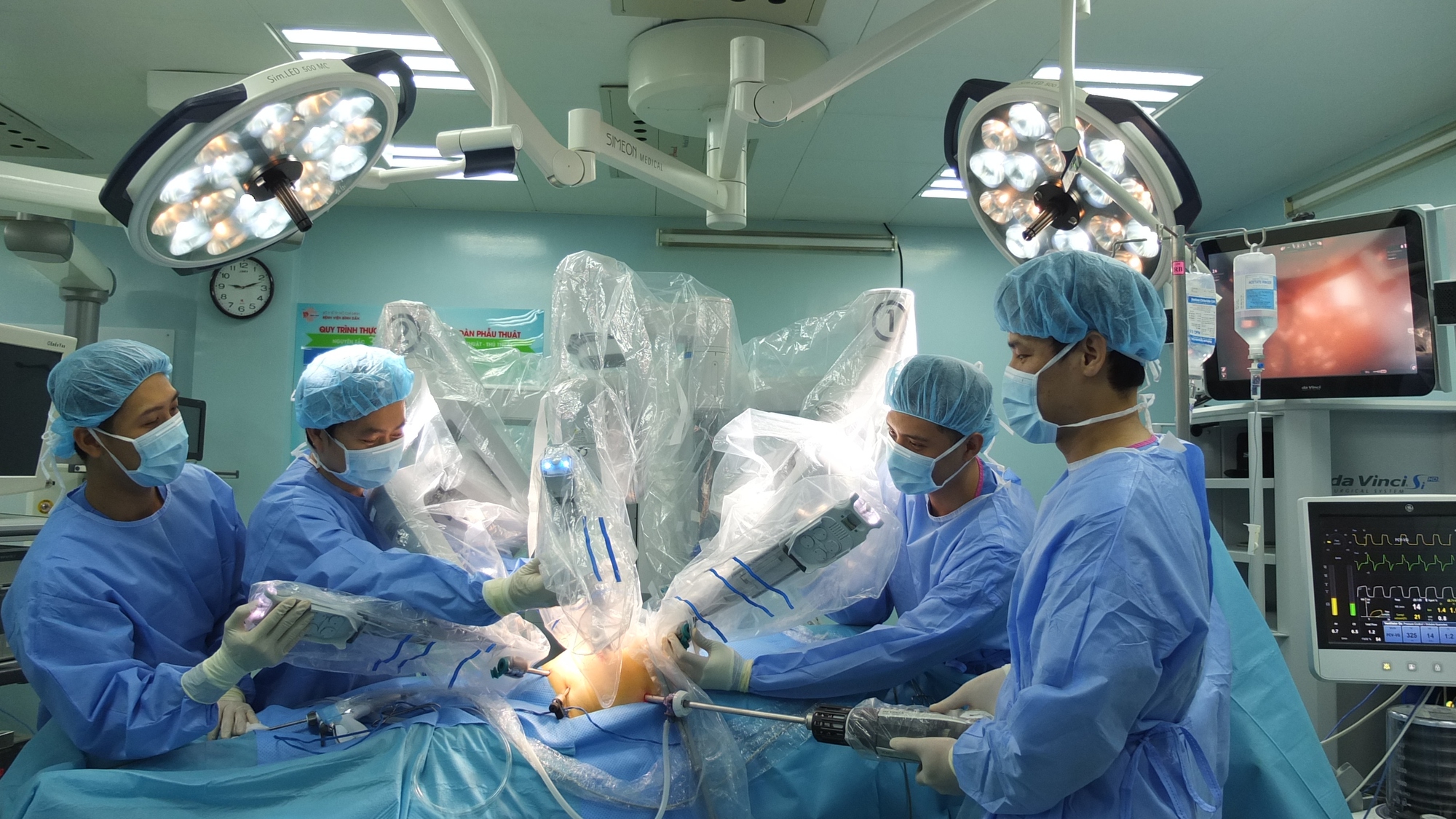
Robotic surgery at Binh Dan Hospital
The application of new techniques to expand the treatment capacity of doctors in PT shows a pioneering spirit and a desire to apply technology to bring better treatment results to patients.
"The success of robotic surgery, a new peak of world endoscopic surgery, successfully deployed at Binh Dan Hospital and many hospitals in the country is a typical example of how we can be behind but still reach the same level as some countries in the region and the world. Compared to some countries in the Southeast Asia (ASEAN) region, robotic surgery in Vietnam has quickly achieved success in both quantity and professional quality," said Associate Professor, Dr. Hung.
Associate Professor Dr. Hung added that the number of successful robotic surgery cases at Binh Dan Hospital has reached 2,000. This is a number that the US robotic surgery manufacturer and surgical doctors at international scientific conferences highly appreciate. According to him, the surgical sector in Ho Chi Minh City has become one of the training centers for doctors from several countries to come and study robotic surgery.
"To achieve the above achievements, first of all, it is thanks to the development orientation of Ho Chi Minh City and the support of stimulus loan packages from the Ho Chi Minh City People's Committee to develop healthcare," Associate Professor, Dr. Hung shared.
The power of resonance
Regarding whether robots are the technique that the surgical industry is most interested in today, Associate Professor, Dr. Hung said that PT with the support of robots using specialized technology helps expand the capacity of PT doctors' hands. Thanks to that, doctors perform PT operations in deep, difficult-to-reach surgical fields or narrow areas in the body through small incisions.
"Specialized technology also allows precise movements, the robotic arm rotates 540 degrees more flexibly than the human wrist and increases magnification by 12 times with 3D images. Robotic PT is a progressive development, optimizing standard endoscopic PT to increase the ability to completely dissect the pathological organ and preserve the maximum function of the healthy organ. This new technique helps patients receive PT with less bleeding, less pain, small incisions, and quick recovery after surgery," Associate Professor, Dr. Hung shared more.
Strong investment in surgery
According to Associate Professor, Dr. Tran Vinh Hung, to develop the surgical sector, it is necessary to train high-quality human resources who are dedicated to the health of the people. At the same time, create favorable conditions for competent doctors to contribute and apply high technology in health care.
At the same time, it is necessary to promote international exchanges, training and education of staff, including anesthesia and resuscitation. Invest in modern equipment, build medical facilities, including PT rooms that can perform large and complex surgeries. Standardize technical and management processes. Especially, in difficult and complicated cases, it is necessary to coordinate between specialties and hospitals.
In July 2000, the Food and Drug Administration (FDA - USA) approved the da Vinci PT system, the first surgical robot. In 2001, the FDA approved robotic prostatectomy. According to a 2022 report, there are currently nearly 6,000 da Vinci robotic systems in operation, having performed 8.5 million surgeries worldwide. Globally, the highest proportion of robotic PT is performed in the fields of general surgery, urology, and gynecology.
Vietnam is one of the first countries in Asia to successfully perform robotic surgery on pediatric patients. In 2014, the National Children's Hospital inaugurated a center for pediatric endoscopic surgery using robots. In 2016, Binh Dan Hospital implemented robotic surgery for adults for the first time. In the following years, robotic surgery was applied at Cho Ray Hospital, Hanoi K Hospital, and Hanoi Vinmec Hospital. Recently, Tam Anh General Hospital also applied robots and AI (artificial intelligence) to neurosurgery surgery. In the near future, Tam Anh Hospital will also bring in the da Vinci robot system.
According to Associate Professor Dr. Hung, robots and AI will help doctors diagnose, assess, and operate with greater accuracy and speed... However, these are still just assistant tools for PT doctors. Because as humans progress, we will invent smarter tools. On the contrary, when we perfect these support tools, doctors' diagnostic and treatment capabilities will be expanded.
"I am very happy and proud…"
When I received the invitation to transfer robotic surgery to treat gastrointestinal cancer to doctors in the Philippines, I was very happy, proud and also a little pressured. Happy and proud that I continue to be trusted and chosen by the host country to teach and directly support robotic PT techniques after the 2019 technology transfer.
The pressure is that the cases this time are more severe, requiring doctors to perform more difficult techniques. But overall, I am confident that I can do my job well because of my experience after 6 years of robotic surgery with more than 260 cases of robotic surgery on digestive cancers.
I myself have mastered the techniques and gained a lot of practical experience to be able to share and guide colleagues in other countries. The technical transfer trip ended successfully. Through the trip, I also connected with more international cooperation activities so that the technical transfer of Binh Dan Hospital in the Philippines as well as the Filipino doctors coming to Binh Dan Hospital to learn about PT techniques will be more open in the future.
Doctor Nguyen Phu Huu (Deputy Head of Digestive Surgery Department, Binh Dan Hospital)
"In the early days of implementing robotic PT for adults at Binh Dan Hospital, some patients also asked us whether they were operated on by robots or doctors. I replied that without a team of doctors sitting at the control table, the robotic system could not simulate the hand movements of doctors to operate on patients. To be able to control the PT robot, each doctor must first be a PT expert with many years of experience and must undergo hundreds of hours of training in operating the robotic system," Associate Professor, Dr. Hung said.
According to Associate Professor Dr. Hung, robots or machines do not have a warm heart with compassion and flexibility in all situations like humans. These are also necessary qualities in a doctor. Therefore, in the future we need more skilled and dedicated PT doctors to control PT robots as well as master other supporting technologies.
Introducing surgical techniques internationally
According to Associate Professor, Dr. Hung, in the field of surgery, Ho Chi Minh City has many specialties and techniques that can be introduced to countries in the region and internationally. For example, at Binh Dan Hospital, one of the hospitals specializing in urology, general and thoracic vascular surgery, there are groups of surgeons demonstrating and supporting the transfer of techniques abroad such as India, the Philippines, and Thailand.
"The trend of the surgical industry is increasingly developing, with minimally invasive interventional surgeons providing maximum treatment results and optimal post-operative function preservation. We really need to develop more in the direction of diagnosis and minimally invasive surgery in parallel with mastering classic techniques and standards as a solid foundation," Associate Professor, Dr. Hung said. (continued)
Source link





![[Photo] Prime Minister Pham Minh Chinh chairs the second meeting of the Steering Committee on private economic development.](https://vphoto.vietnam.vn/thumb/1200x675/vietnam/resource/IMAGE/2025/11/01/1762006716873_dsc-9145-jpg.webp)




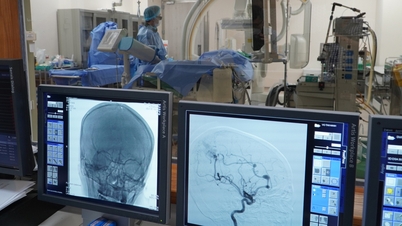

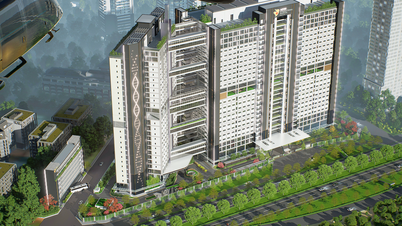
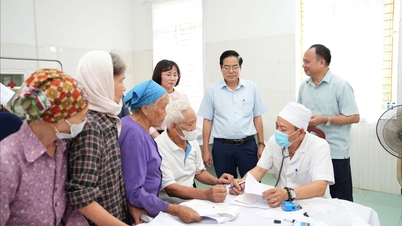






















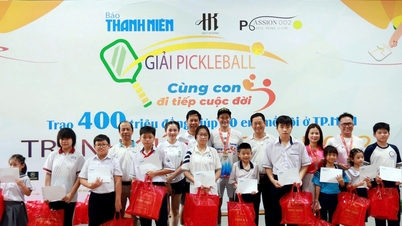
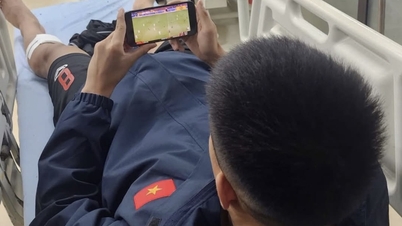
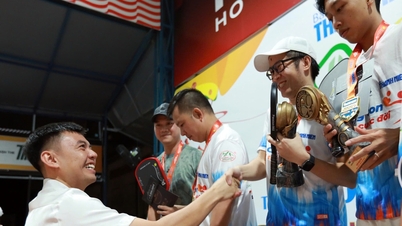










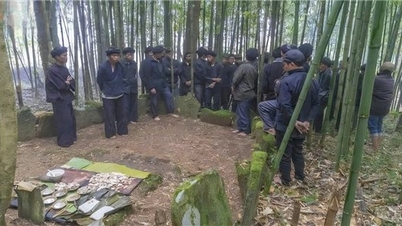




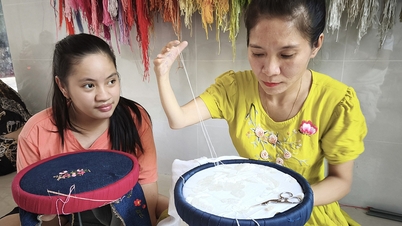



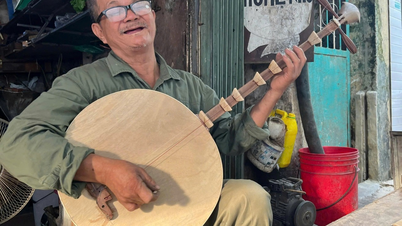

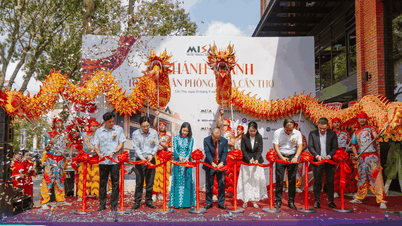



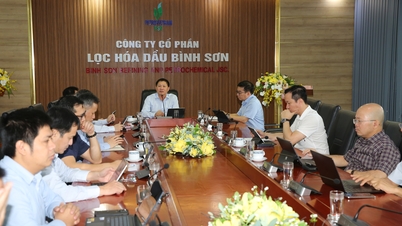
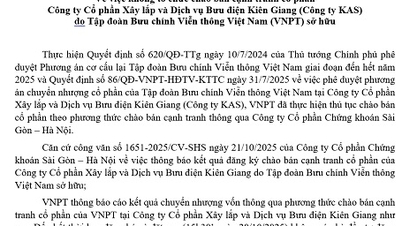














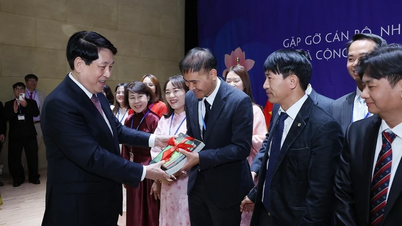

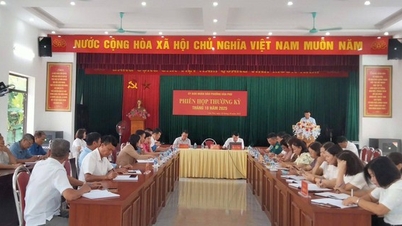













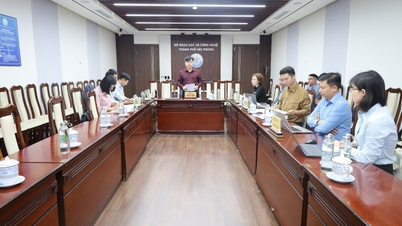





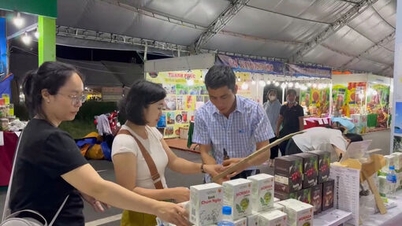

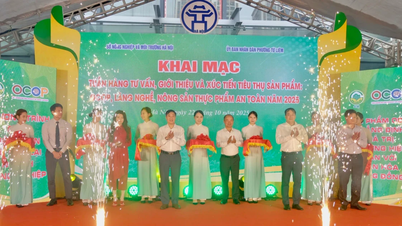







Comment (0)